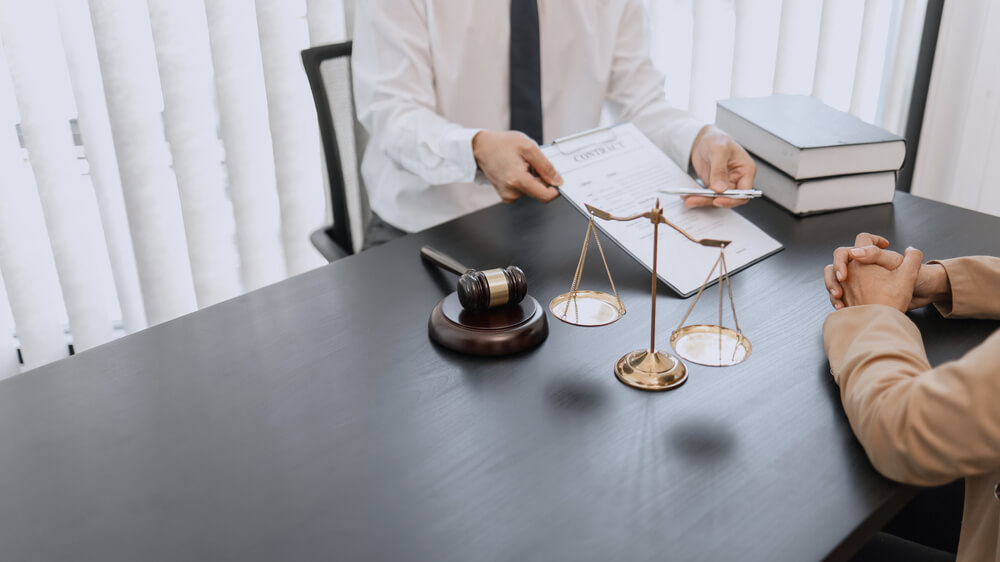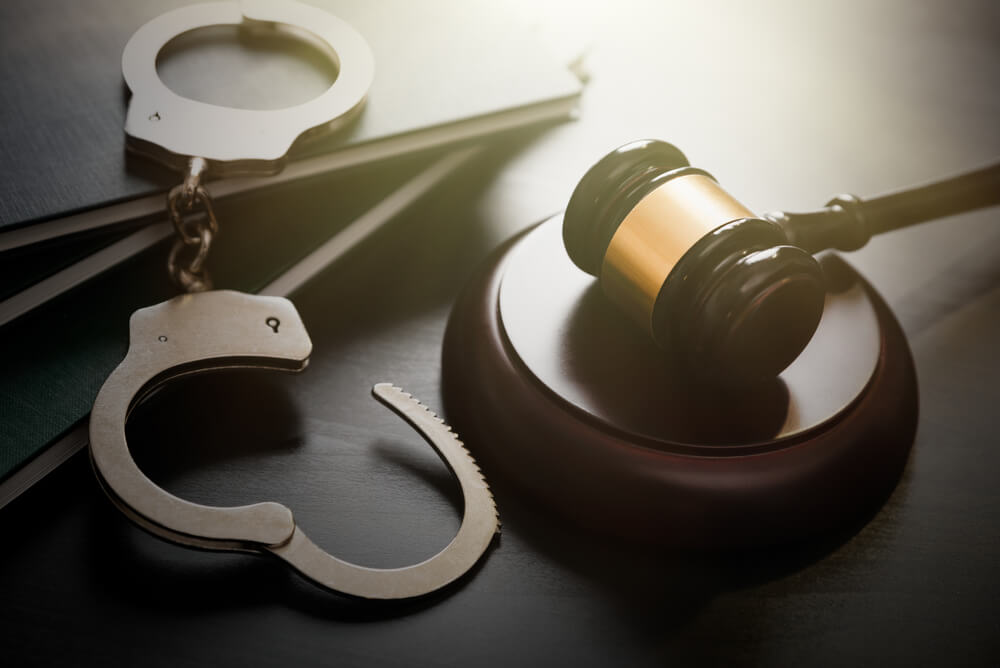When you go to a store or order a product online, you expect it is safe for you to use. Unfortunately, sometimes the products customers rely on are defective and can cause severe injuries and even death. You may have a product liability claim if you have suffered an injury from a faulty product.
What Is a Product Liability Claim?

Product liability is a claim consumers can file to seek compensation for injuries after using a defective product. Manufacturers, retailers, wholesalers, and distributors may all share liability if their products harm customers.
Types of Defects
There are three types of product liability defects. A consumer may have a product liability claim based on a manufacturing defect, a design defect, or the manufacturer’s failure to warn consumers about a risk of danger associated with a product.
The type of defect your claim involves determines the difficulty you may face when trying to recover compensation for your injuries. Continue reading to learn more about the different types of defects, real-life examples of these defects, and how each type affects a product liability claim.
Manufacturing Defects
A manufacturing defect is an unintentional defect that happens during assembly. A manufacturer is strictly liable for the harm a faulty product causes. Under the Restatement (Third) of Torts: Product Liability, strict liability arises if a good sold by a manufacturer “contains a manufacturing defect when the product departs from its intended design even though all possible care was exercised in the preparation and marketing of the product.”
An example of a manufacturing defect product liability case involves the Dow Corning Silicone Breast Implant manufacturers. From the 1970s until the 1990s, this company made silicone breast implants that ruptured, causing more than 100,000 women to suffer injuries. The company was strictly liable for the injuries and ultimately paid $3.2 billion in damages.
A buyer who claims they have a product liability claim based on a marketing defect avoids the hurdle of proving intent. If a product has a manufacturing defect, the manufacturer is responsible for paying the consumer’s damages regardless of intent.
Potential Issues to Proving Manufacturing Defects
In some cases, a consumer may have trouble proving there was a defect in the product and that the defect caused their injury.
Some states allow consumers to use the malfunction doctrine to help prove their case. The malfunction doctrine helps consumers prove causation.
Under the malfunction doctrine, a consumer can use circumstantial evidence to show that a defect exists. If a consumer uses the malfunction doctrine, they are claiming that there is no other explanation for their injury than a defective product.
Defenses to Manufacturing Defects
Showing that a manufacturing defect existed when the consumer got hurt can be challenging. Manufacturers may claim modification or assumption of risk.
Modification is a defense against a product liability claim. To prove modification, a manufacturer must show that the product changed after leaving the manufacturer’s care. The manufacturer will argue that someone else in the distribution chain (wholesaler, distributor, or retailer) caused the defect.
Assumption of risk applies when a consumer knows about a potentially dangerous product and chooses to use the product nonetheless.
Design Defect
A design defect is a flaw in a product’s design. The faulty design causes the product to malfunction and may lead to injury or death to the consumer.
Under the Restatement (Third): Product Liability, a product has a design defect if “the foreseeable risks of harm posed by the product could have been reduced or avoided by the adoption of a reasonable alternative design by the seller or other distributor, or a predecessor in the commercial chain of distribution, and the omission of the alternative design renders the product not reasonably sale.”
A well-known example of a design defect is the case of General Motors faulty ignition switches. In the early 2000s, General Motors sold vehicles with ignition switches that might shut off the engine while the car was moving. Hundreds of people suffered an injury or died because of the defective design.
Challenges to Proving a Design Defect Claim
To prove that a design defect caused their injury, a consumer must show:
- The product contained a dangerous defect
- The danger was foreseeable
- The consumer used the product for its intended purpose
- The consumer suffered an injury
In addition to the above, some states require consumers to prove that an alternative design exists that is safer for consumers.
Design cases are typically difficult to prove without an expert. Because defects are hard to find without an expert, these cases are sometimes hard to win. People hurt by defective products get better results if they work with a product liability attorney.
An expert examines products to determine if design defects exist and if a company might have used an alternative design instead. Attorneys with experience in product liability law likely have relationships with an expert who can help you prove that the product had a design defect.
Failure to Warn
Manufacturers must warn customers if the product it makes has the potential to cause harm to customers. Some dangers in the product may be hidden, so manufacturers must make the warning to customers visible and easy to understand.
Under the Restatement (Third) of Torts: Products Liability, a product is defective if “because of inadequate instructions or warnings when the foreseeable risks of harm posed by the product might have been reduced or avoided by the provision of reasonable instructions or warnings by the seller or other distributor. . .and the omission of the instructions or warnings renders the product not reasonably safe.”
The McDonald’s hot coffee case is probably the most famous example of a product liability case. On a morning in 1979, the plaintiff, Stella Liebeck, went to get coffee from McDonald’s with her grandson. Stella’s grandson pulled away from the drive-thru and into a parking spot. Stella removed the top from the cup and placed the cup of coffee between her legs to hold it still as she put in cream and sugar. Stella spilled the coffee on her lap, and the coffee caused third-degree burns. Stella needed skin grafts for her excruciating burns to her legs and groin.
Stella received significant damages because McDonald’s failed to warn its customers that the coffee was hot enough to cause severe burns.
A manufacturer’s failure to warn of a risk of danger can leave a customer permanently disabled or disfigured.
Challenges to Proving Failure to Warn
To recover compensation for a failure to warn product liability claim, a consumer must prove:
- The manufacturer knew or should have known that there was a danger associated with the product
- The manufacturer had a duty to warn customers that the product was potentially dangerous
- The customer suffered an injury because the manufacturer failed to warn
The law does not require that manufacturers have actual knowledge of a defect. A manufacturer may still be liable for injuries caused by defective products it should have known about. Manufacturers must continuously monitor products for defects.
Because actual knowledge is not necessary, a consumer may have an easier time proving liability. The consumer’s attorney and legal team can work to discover what procedures the manufacturer used to monitor product safety.
If the manufacturer knew about the danger and took no corrective action, the manufacturer was negligent. A consumer must prove that the manufacturer took corrective action to recover compensation for their injuries.
Even if a product is defective, the consumer does not have a product liability claim if they do not suffer injuries.
Defense to Failure to Warn
Manufacturers have two major defenses to a failure to warn product liability claim. A manufacturer may claim that the customer’s misuse of the product was unforeseeable, or the manufacturer may claim that the risk of using the product is obvious.
Types of Liability in a Product Liability Case
Negligence
To recover under a negligence theory for product liability, the customer must prove each element of a negligence case.
A customer must prove that:
- The manufacturer owed a duty to avoid placing unsafe products into the marketplace.
- The manufacturer failed to keep products safe.
- The defect in the product caused the customer’s injuries.
- The customer suffered injuries.
Strict Liability
Strict liability imposes liability on a manufacturer for defective products regardless of intent. Most states allow a plaintiff in a product liability case to recover under strict liability.
To prove that the manufacturer is strictly liable for their injury, the customer must prove:
- The product was defective.
- The defect caused their injury.
- The defect made the product unreasonably dangerous.
Breach of Warranty
A merchant makes warranties to buyers that the products it sells are not defective when they place them onto the marketplace. If a product is defective, the manufacturer is liable for breach of warranty.
A warranty may be expressed or implied. Manufacturers must comply with the implied warranty of merchantability and the implied warranty of fitness for a particular purpose.
The implied warranty of merchantability gives the buyer assurance that they are not purchasing a defective product.
To prove that the manufacturer breached the implied warranty of merchantability, the consumer must prove:
- The product the manufacturer produces passes without objection in the trade
- The product is uniform in quality and quantity with other products in the trade
- The product had adequate packaging and labels
- The product conforms to the label affixed to the product
The implied warranty of fitness for a particular purpose requires that the manufacturer guarantees that the product will serve the specific purpose that the consumer needs it to serve. Consumers rely on manufacturers to make good suggestions about products they need to serve a particular purpose.
The elements of the implied warranty for a particular purpose are:
- The product is used for a particular purpose
- The consumer relied on the manufacturer’s knowledge of the field to make a decision about which product to purchase
- The manufacturer knew the consumer wanted the product to accomplish a particular purpose
- The consumer suffers an injury
How Can a Product Liability Attorney Help Me?
Product liability claims are complex. If you suffered an injury due to a defective product, you always need the assistance of an experienced product liability attorney.
The right legal team can:
- Determine the basis of your product liability claim
- Negotiate a settlement on your behalf with the insurance company or defense attorneys
- Re-route all communications from debt collectors and other third parties to the law firm to relieve stress so you can focus on healing
- Find every potentially responsible party to ensure you can recover full compensation
- Ensure you follow procedural rules to protect your case from dismissal on technical grounds
- Meet with witnesses and prepare them for trial
- Complete an investigation of the facts to build a case and create responses to the manufacturer’s defenses
- File written motions
- Draft and complete discovery
- Use their pool of expert witnesses to strengthen your case
Can I Afford an Attorney?
Injury victims are often concerned about their ability to afford an attorney after an accident. Many product liability attorneys represent clients on a contingency. A contingency fee agreement allows clients to defer payment for legal fees unless a case recovers compensation. Attorneys usually do not charge clients a fee unless they obtain a settlement or verdict. If your case resolves in your favor, your attorney will take a percentage of the final settlement amount as payment for their work.
Contact a Product Liability Attorney

The days and months after an accident can be overwhelming and confusing. Product liability cases are complex and can get complicated quickly. From finding each party responsible for your injury to preserving the evidence, handling a product liability case on your own may decrease your odds of success.
An experienced product liability attorney can help you overcome the challenges you will face during litigation and put you in the best position to receive the compensation you need to fully recover from your injuries.



